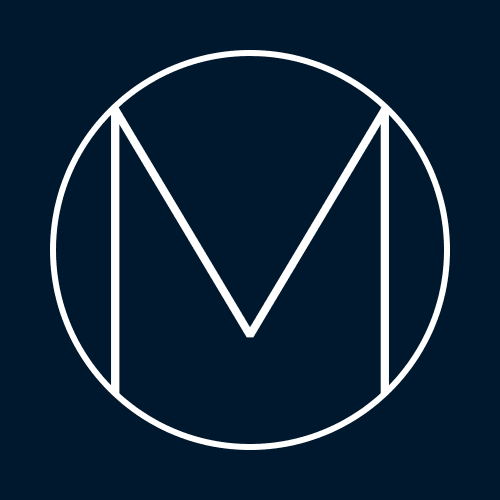The ‘A’ in STEAM
This article was originally shared on Substack.
STEAM is my hill. One of them, anyway.
If you’re here you probably know that STEM or STEMM is Science, Technology, Engineering, Mathematics, and Medicine. But today, I’d like to talk about the Arts in STEAM.
I have on more than one occasion encountered a response like the one below when I talk about STEAM and why my YouTube channel and podcast is called STEAM Powered (and it’s not just because it’s punny).

People assume that art in this context only refers to the visual arts. The soft, feminine thing that isn’t like the tough, technical stuff. Setting aside how reductive that is for now, I’m not referring to ‘just art’. I mean ‘the arts’ as in the liberal, visual, and creative arts, which very much has a place in STEMM.
I would even go so far as to say that there is no STEMM without the Arts.
Shots fired.
We’ve been reminded time and again over the course of this pandemic how much we depend on the arts. Books, film, and television have kept many of us sane in lockdown. People have baked, created, and crafted their way through isolation. However, these are only some the arts that we see and which are a bit more tangible. There’s also a lot of the arts in our day-to-day that happens before it reaches us as end-users and consumers.
For example, the electronic device you’re reading this on will have had industrial designers involved in developing its form. Graphic and human-computer interaction designers will have applied aesthetics, psychology, and ergonomics to how you use it.
If you live in some sort of human settlement, town planning and infrastructure is developed around the people in it. They need to consider how the residents will use the spaces for work and recreation, how to facilitate movement, and what infrastructure is needed for people to be and feel safe. It’s civil, systems, and other engineering, but it’s also sociology and human behaviour. And we cannot forget the unicorn that is architecture which, in the modern age, can encompass most, if not all, of STEAMM in sustainable, mindful, connected buildings and facilities.
For those in STEAM fields themselves, are you a medical or animal researcher? You’ll likely have to deal with ethics committees. Work with proprietary information? Lawyers may have to review your work, and you’ll have to understand what the legal boundaries are of your area of focus. Is your space cyber-security? Social engineering covers a lot of ground. Big data? You’re going to have to visualise that data somehow in a way that effectively communicates your meaning. Open-data, open-source, and related movements? Policy and human rights.
It’s all there. Sometimes it’s hidden, sometimes it’s not so hidden, but it’s undeniably present.
As individuals, the arts is also part of who many of us are and how we express ourselves. How often have we heard about surgeons and their playlists in the operating theatre, the number of IT people who get into photography as a hobby, or technical types who love to get into D&D or LARP?
So it’s unsurprising to know that most of us have some sort of creative outlet or background. There are surgeons who do stitch-crafts, programmers who write fiction (quite a few, actually), astrophysicists who are also musicians, art historians who become epidemiologists, and fashion designers who become economists and data visualisation experts. I myself have too many creative pursuits to list here.
This complement isn’t only about creating balance in our pursuits, which is important and healthy, but it’s also about encouraging and fostering diversity in our experiences, and exercising our creativity muscles in a wide range of areas. With a broader range of experiences to draw from, an expanded world-view, and the capacity to think outside the box, we are more capable of being innovative and advancing the work that we do, and that’s how we push the boundaries of human knowledge.
Thus, STEAM and STEAM Powered.
STEAM Powered

This week’s STEAM Powered is with Dr Stephanie Ryan, Children’s Book Author, Learning Scientist, and Science Educator. In our conversation, we talk about learning sciences, education, and Stephanie’s book Let’s Learn about Chemistry.
Quite Interesting
99% Invisible - A great podcast if you want more examples about the hidden design, architecture, and engineering around us. One of my favourite episodes is Uptown Squirrel.
The untapped potential of virtual game worlds to shed light on real world epidemics - An academic paper published in the Lancet in 2007 about the 2005 Corrupted Blood Incident on World of Warcraft. The incident was a virtual epidemic which spread across multiple servers and provided an interesting case study for modelling epidemic research. There are several flaws that prevent this from being truly applicable to real-world scenarios, but the event is fascinating in its own right.
Cory Doctorow's review of Broad Band: The Untold Story of the Women Who Made the Internet by Claire L. Evans (BookDepository affiliate link) - We learned about some of the incredible women pioneers in computing at school, but it is a delight to get a bigger picture beyond Ada Lovelace.
The Pastry A.I. That Learned To Fight Cancer - There’s AI used in Japan to scan and identify pastries at point of sale. It occurred to a doctor at the Louis Pasteur Center for Medical Research that cancer cells kinda look like bread.
Why We’re Blind to the Color Blue - a little study into how the human eye perceives the colour blue.
Thanks for reading, and see you in a couple of weeks!
Stay curious,
— Michele
